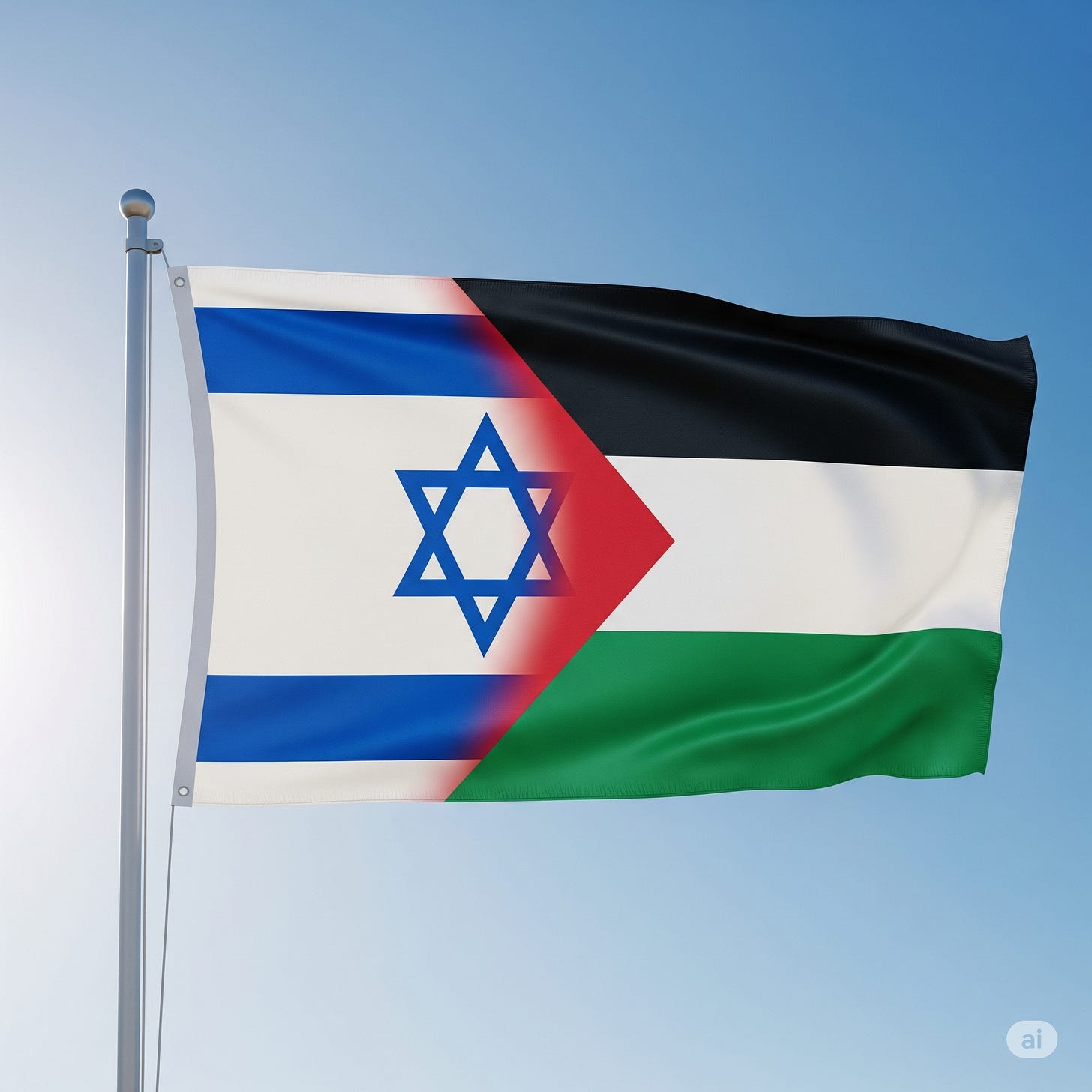The Holy War: The History of Israel and Palestine
A light overview of the history of the Southern Levant and a reflection on the impact of religion on a region desperately in need of peace.
Given the lack of reliable facts coming from the Southern Levant, it’s probably slightly daft to comment on the Israel-Palestine conflict in its current rendition. After all, I’m not a front-line reporter, nor do I have any insider information. However, I can, perhaps, look to the history of the region to offer some insight into the ongoing conflict tha…



